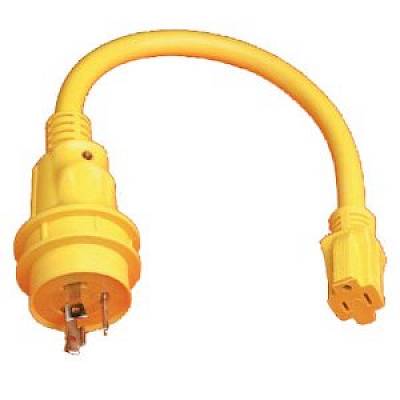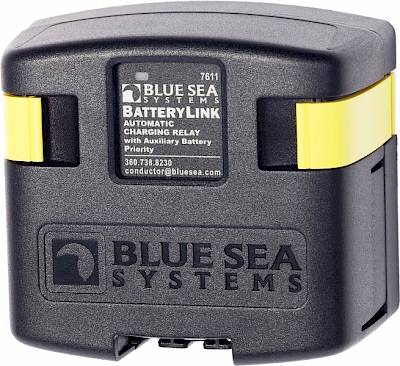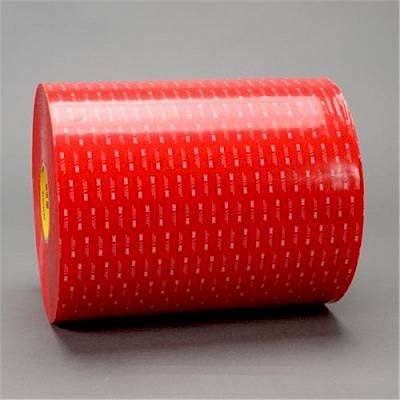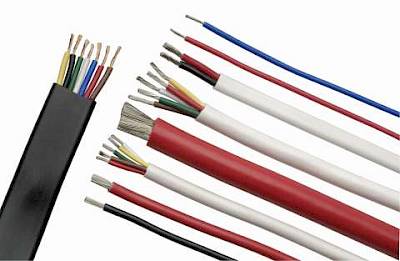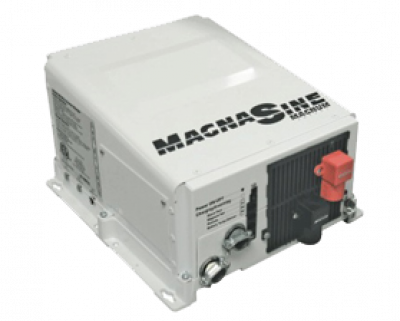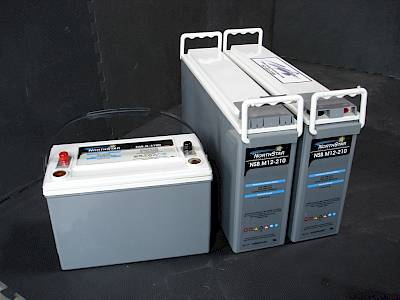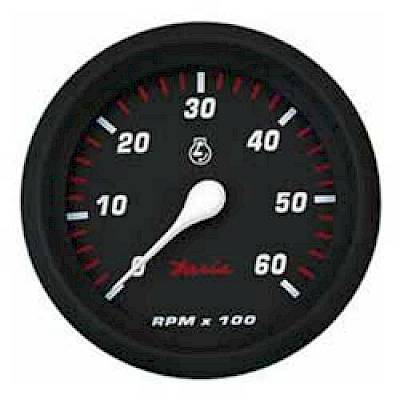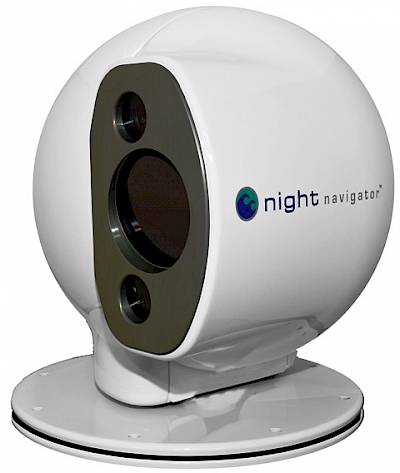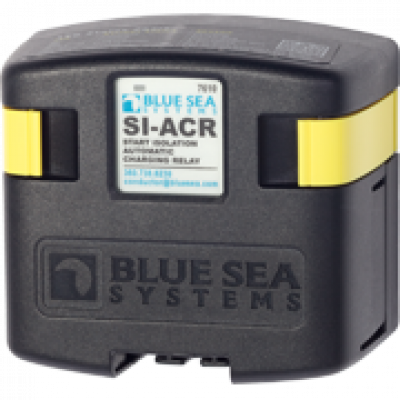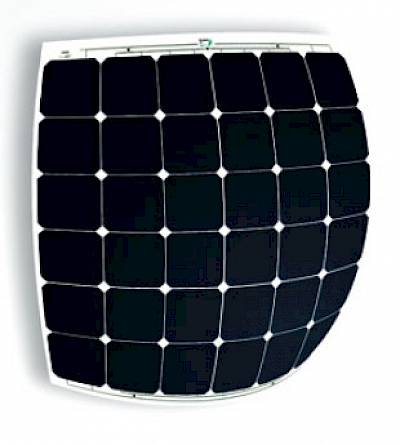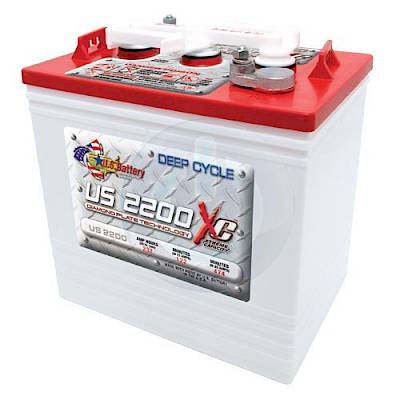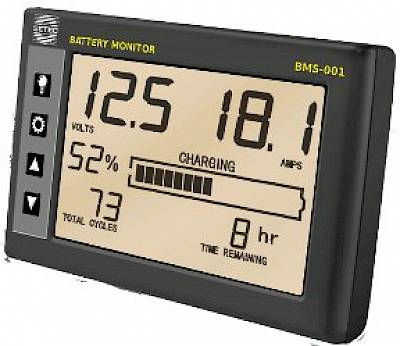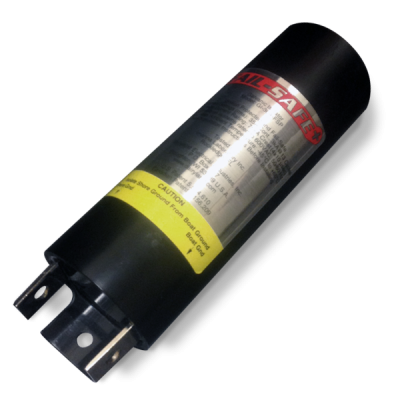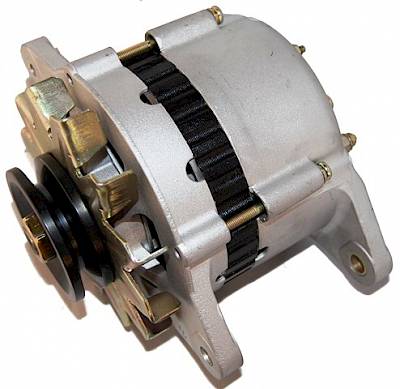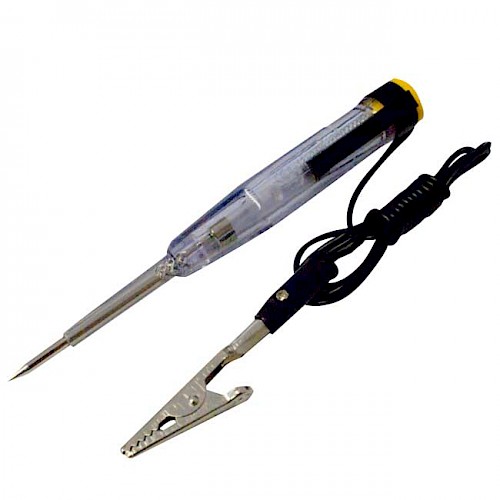
Using an Automotive Circuit Tester? Remember This
A tool kit should always have the all the basic tools you need. One of these tools that you often need is n automotive circuit tester. An automotive circuit tester looks like a pointed screwdriver with a wire and battery clamp on the end. The idea is that you clamp the wire to the battery ground and use the sharp point of the screwdriver to pierce a wire to see if it has 12 volts, which causes the handle to light up. This is not such a great idea.
Wire insulation serves many purposes on your boat. Not only does it insulate your wires from each other and the ground, but it also protects the metal from the environment. It is a barrier against metal corrosion. Piercing the insulation defeats this protection and allows corrosion to occur. Wire corrosion can cause the resistance of the wire to increase or make the metal brittle and increasingly prone to breaking. Both of these results of corrosion can cause problems that are very hard to diagnose. If your wire insulation does get damaged, you can protect it again with a waterproof heat shrink or waterproof tape.
The idea that you can pierce or cut the insulation on a wire without any harm done is still quite common and automotive style circuit testers are still frequently used. As proof, here is a photo of the power wire to a client's chartplotter. It is hard to see, but someone has sliced the insulation off the red wire with a knife, leaving ¼" of copper wire showing. We assumed that the culprit was trying to check if there was voltage on the wire. They didn't even bother to tape up the exposed wire afterwards, definitely not good!
Related Content





